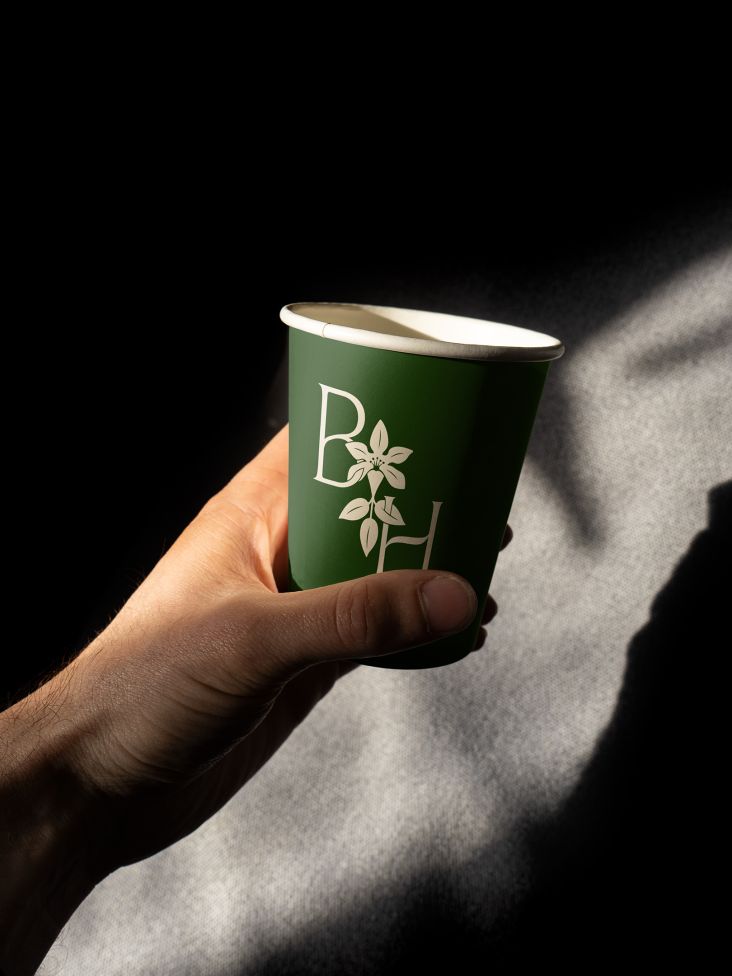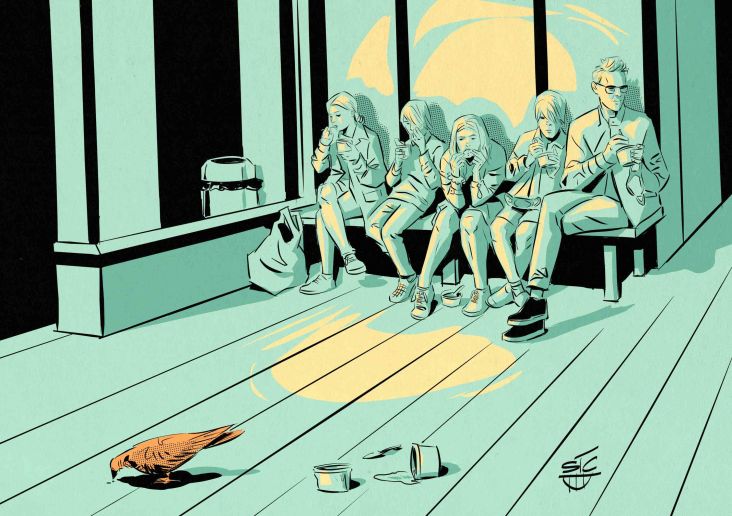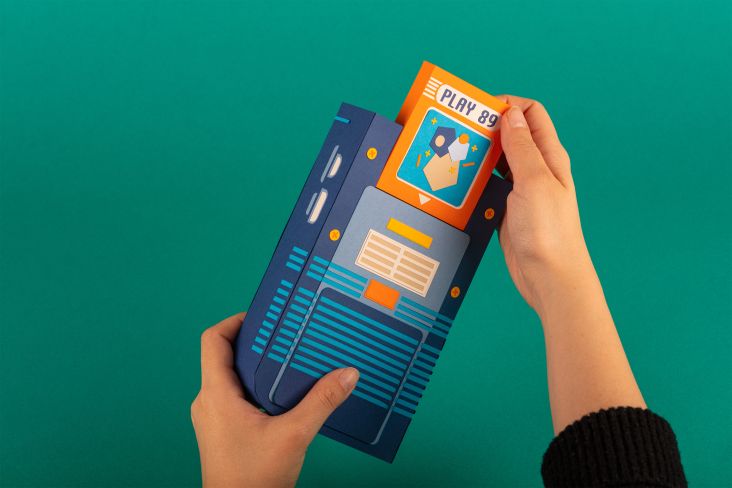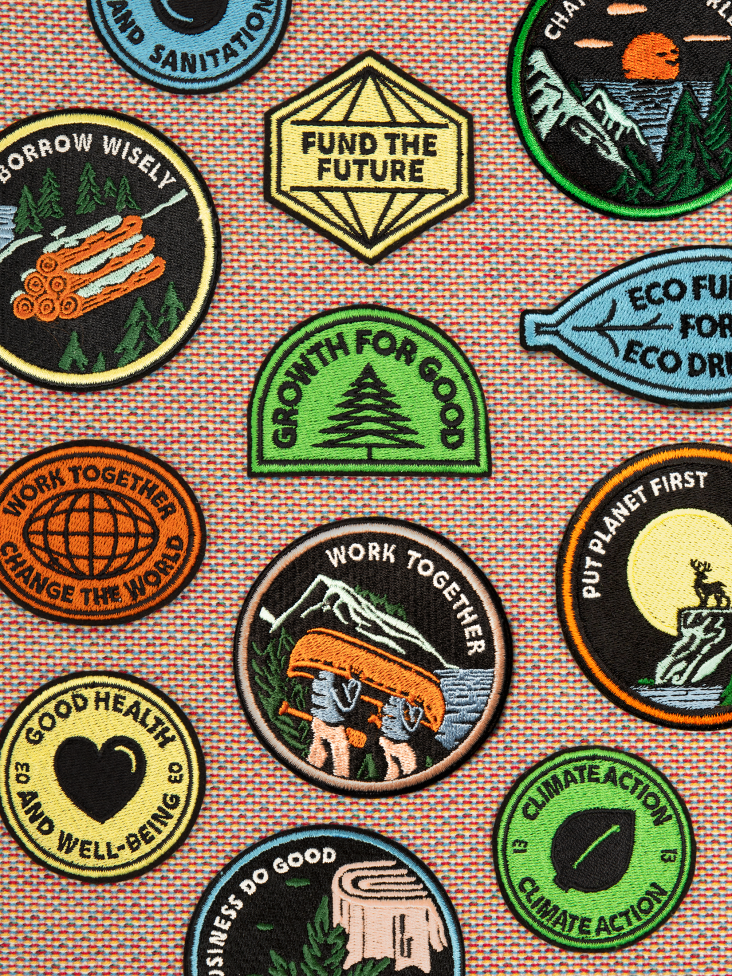Shotaro Kitada creates a serious yet jokey reality in his paper sculpture artworks
Japanese illustrator Shotaro Kitada uses humble rolls of copy paper to create three-dimensional handmade sculptures that inhabit their own peculiar reality. We caught up with him to learn more about his uncanny artworks and animations.
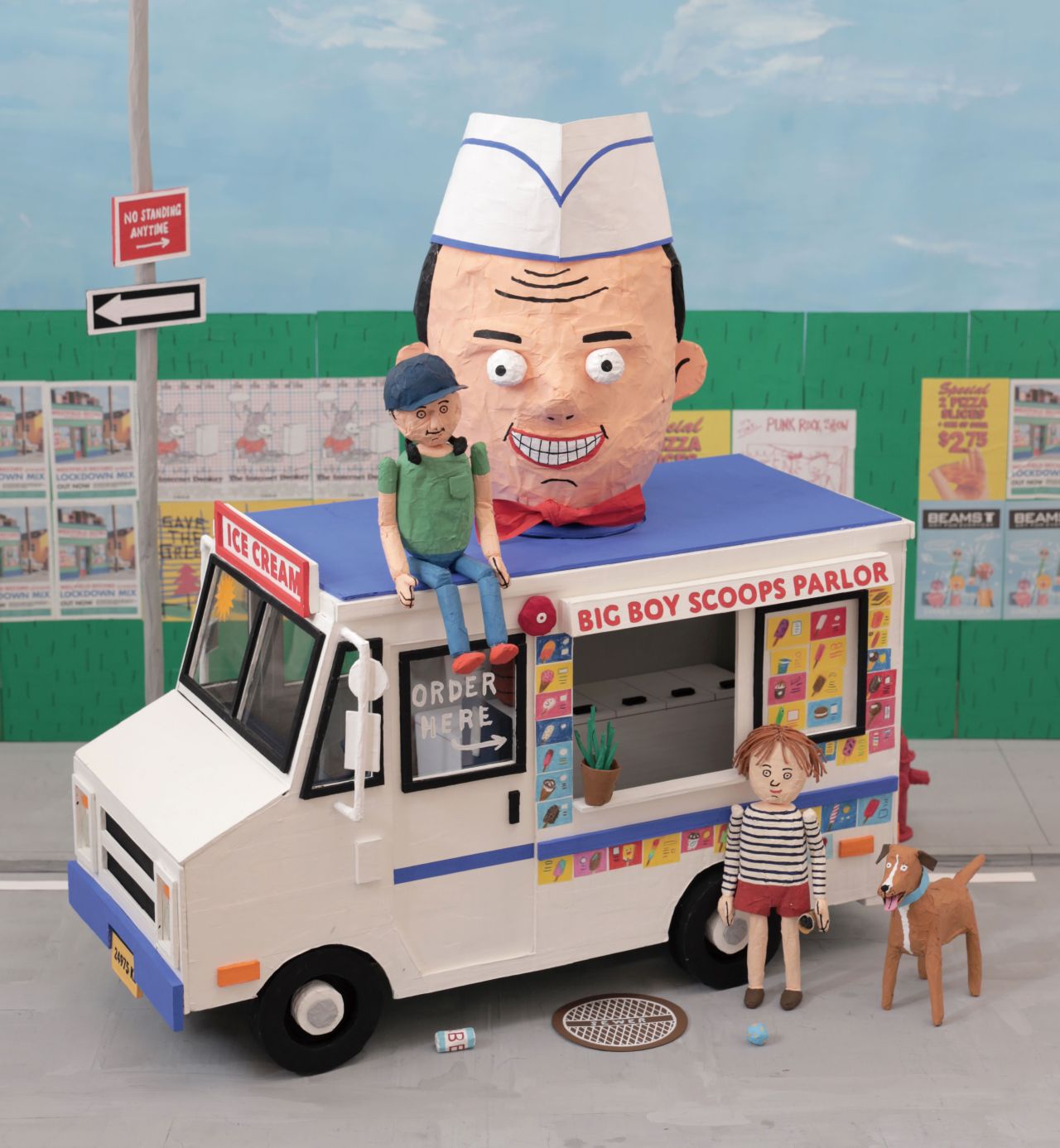
Having studied graphics at university, Shotaro Kitada started his artistic career in 2018 as an illustrator. His client projects typically saw him working on magazines, adverts and apparel, but it wasn't long until he transitioned into making three-dimensional objects out of rolled-up copy paper. "It started lightheartedly, but the result was unexpectedly the ideal shape I had in mind," he tells Creative Boom.
Taking the shape of whacky giant heads perched on the top of vans to clumsy pedestrians getting their tongues stuck to icy lampposts, Shotaro's sculptures are a bizarre joy to behold. Combining both his talents as an illustrator and a designer, they are the culmination of everything he learnt while working for various companies. Photography, in particular, was a game changer for the budding creative.
"Based on my previous experiences, I thought I could give my paper sculptures a sense of reality by capturing them in photographs and videos," he explains. "That's how I settled on the style I use today."
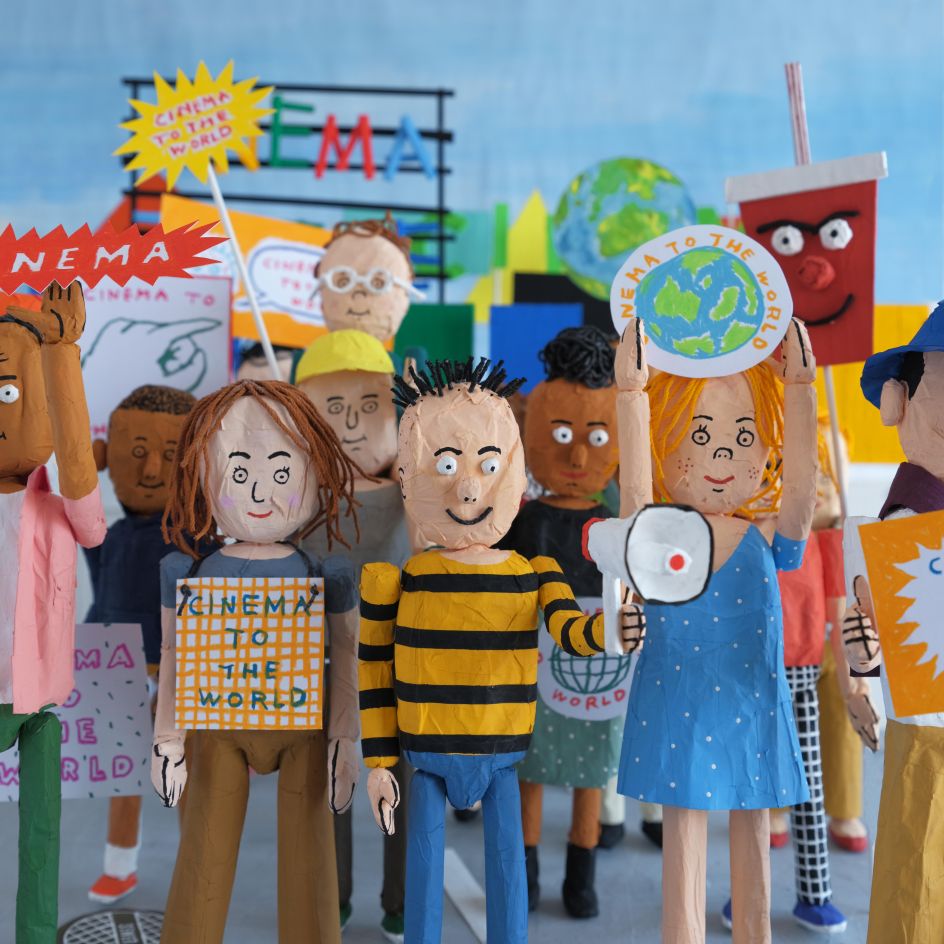
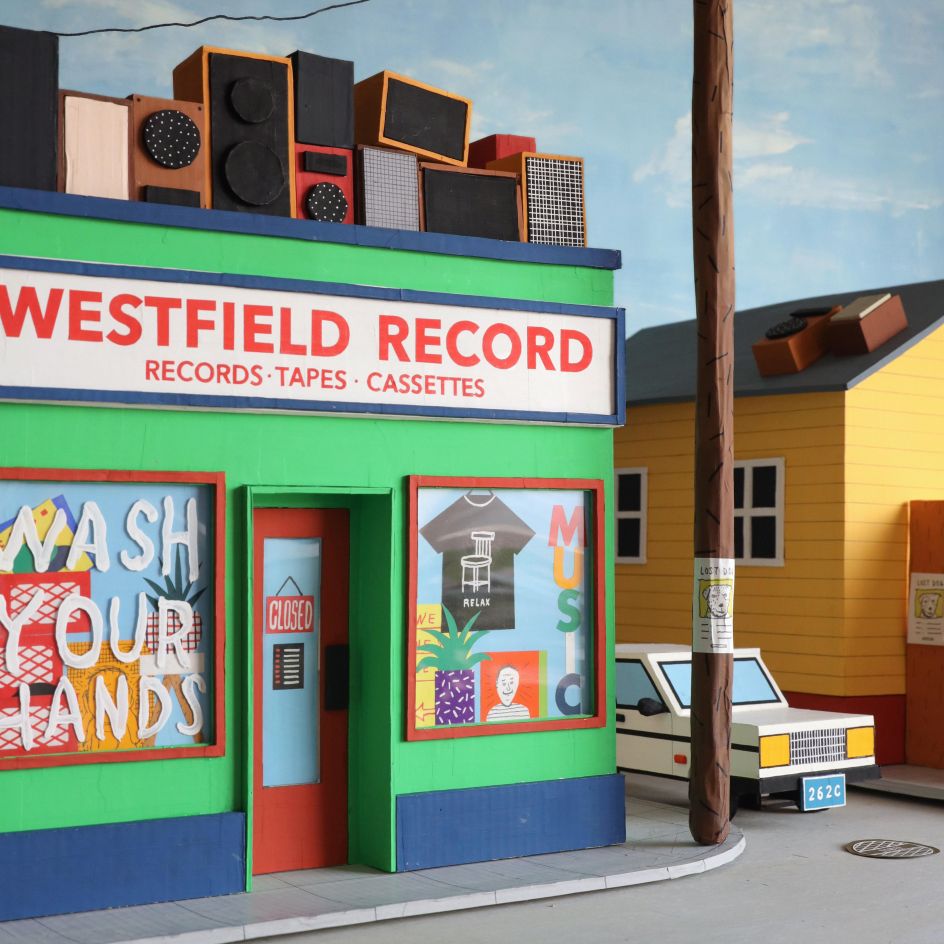
Curiously enough, though, Shotaro does not consider himself a sculpture artist. "Each three-dimensional object is just a part of the image production process," he says. "By combining these three-dimensional objects one by one and directing them, a visual with a sense of storytelling is created.
"I think this approach is similar to film production. To tell a story to the audience, a film is shot using characters, situations, costumes, lighting, movement, sound, etc. I feel that my production process is very similar to these tasks."
Shotaro's work appears singular, so it's no surprise that his artistic influences are similarly unique. His father, an illustrator himself for many years, is quickly cited as his primary inspiration. "Because of this family environment, I had many opportunities to come into contact with various types of art from childhood," he adds. "I saw not only paintings but also music, movies, manga, and many other things that might be called subcultures. I enjoyed them as entertainment at the time, but I also think they influenced me a lot."
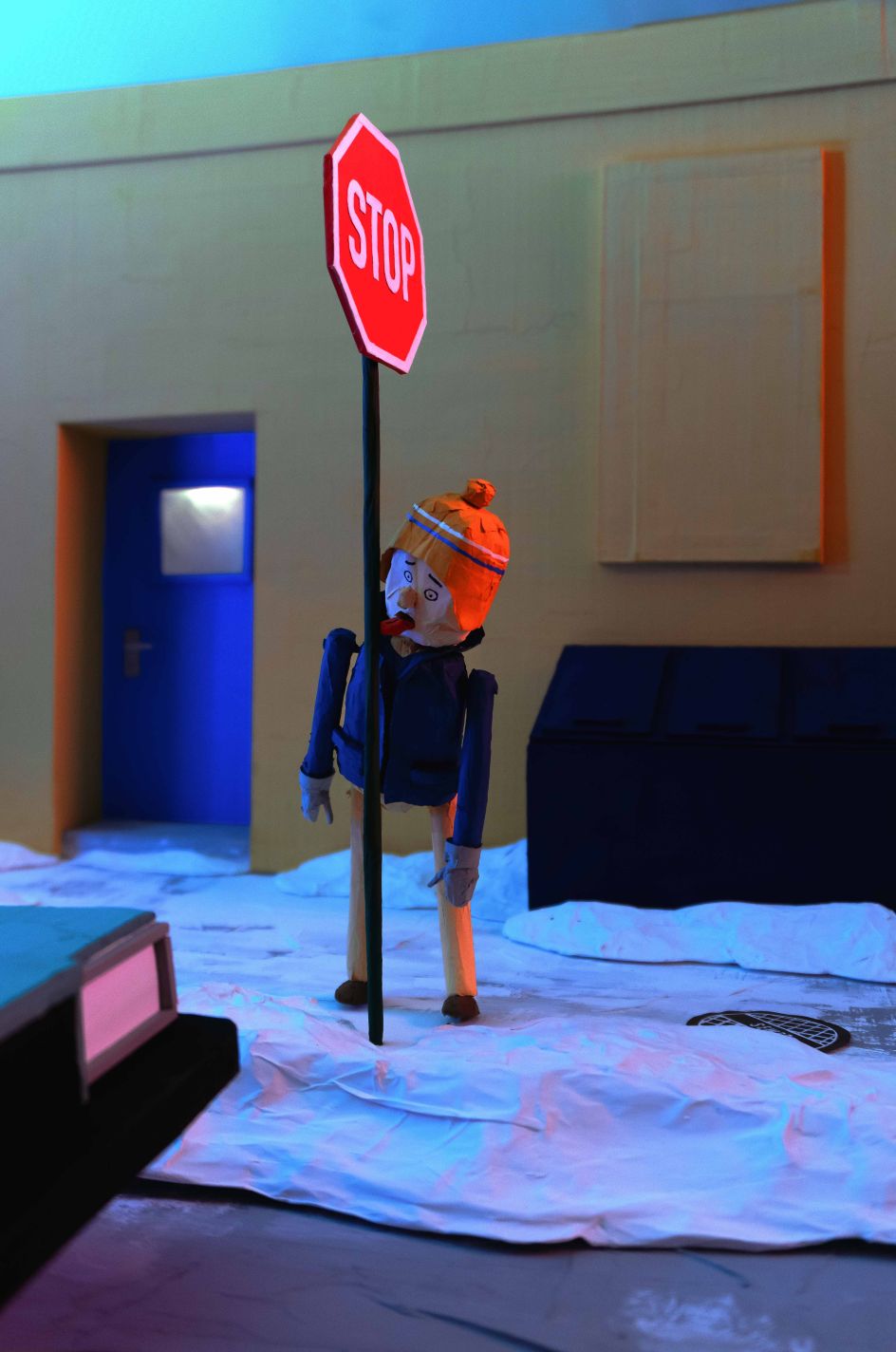
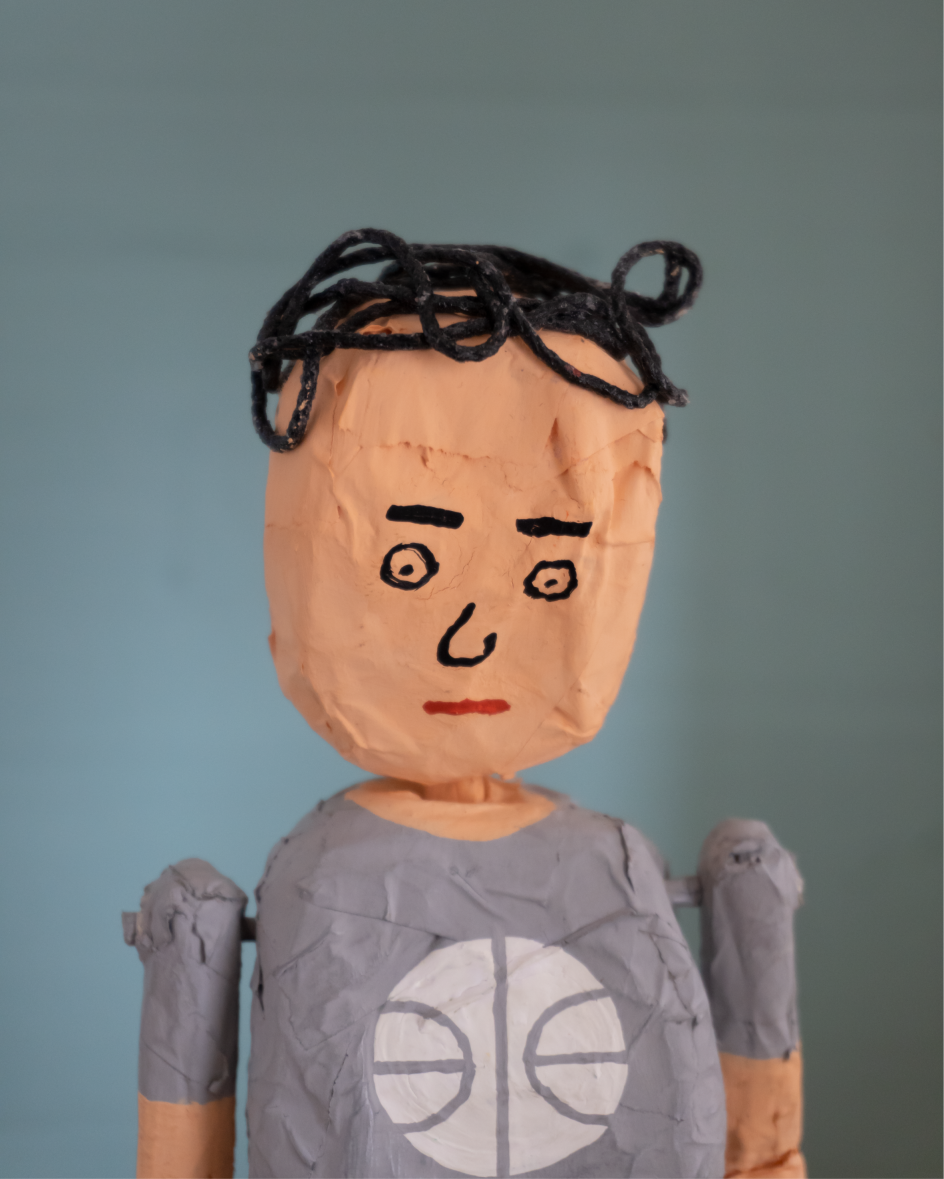
Alongside his home life, Shotaro pinpoints a childhood love of collecting action figures from various stores as a potential basis for his paper sculptures. "I had a desire to make figures of my own one day, but it was an unrealistic and expensive aspiration," he says. Compared to plastic, though, it sounds like paper is much more forgiving.
"Paper is a very effective medium for creating movements," he reveals. "It can be bent, cut, and adjusted during filming for the necessary actions. And because it is lightweight, it is easy to handle. Also, because it is a ubiquitous material, it is easy to produce. And unlike ceramics, it does not require special tools or equipment to make it. The only difficulty is that sculptures take more time than an illustration."
Where Shotaro does save time is his animation process. That's because he forgoes stop-motion animation, which is often time-consuming and laborious, involving thousands of micro-adjustments. "My animation is not stop-motion. I mainly use a live-action animation method, using strings and my hands to move the objects and film the movements. This allows me to create awkward but vividly realistic movements that are impossible with stop motion."
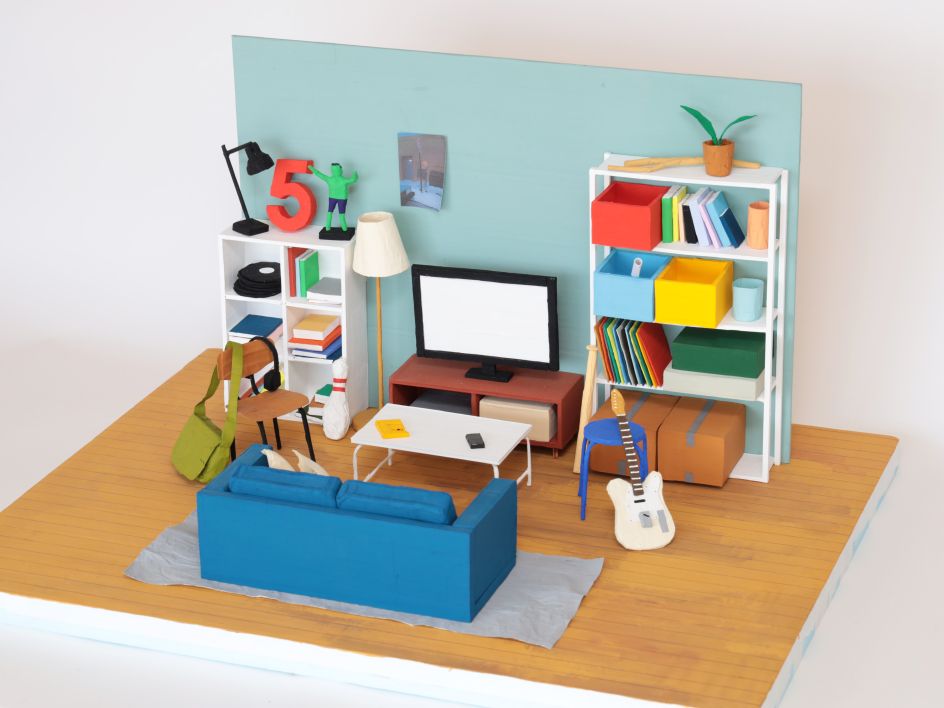
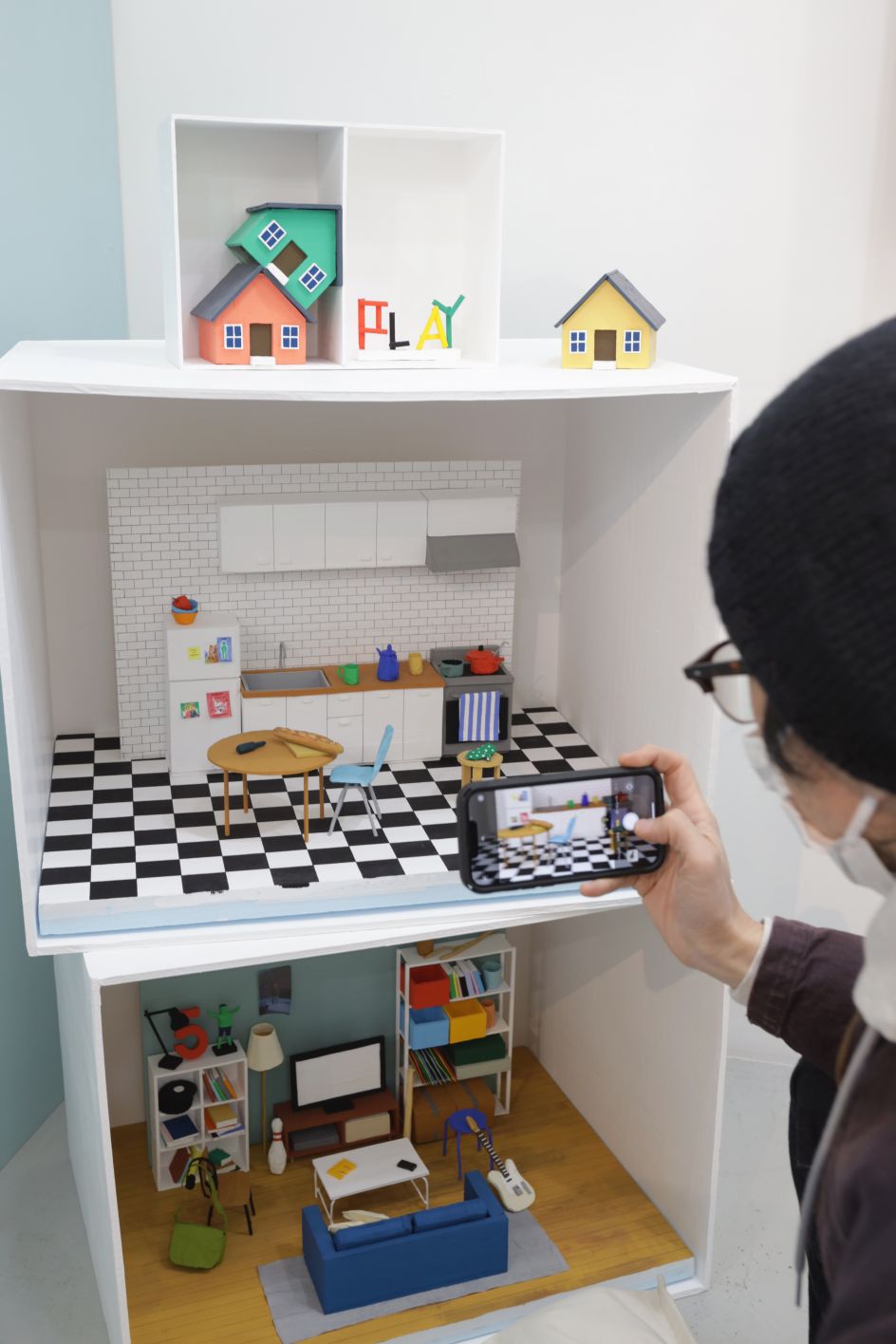
What draws all of Shotaro's work together is his desire to create a "new sense of reality". This uncanny realm sits somewhere between what the viewer knows to be true and the fiction that they are consciously watching. The effect is that Shotaro creates moments that "cannot be understood instantly." As he explains: "I create unique works that can be taken either seriously or jokingly, and that combine real-life events with imaginary stories."
The idea for this approach came from Toy Story. Shotaro is fascinated by how the film plays with the concept of failure, even though the viewer knows they are watching a full CG fiction. "There are no toys in the real world that talk and move around like Woody," he says. "But we are so fascinated by them that we assume they exist in the real world.
"Similarly, the works I create can be seen as real in shape and form, and we can recognise that they are made with miniature dolls. However, the homogeneous world, the awkward movements, and the sense of scale may cause the viewer to feel something strange."
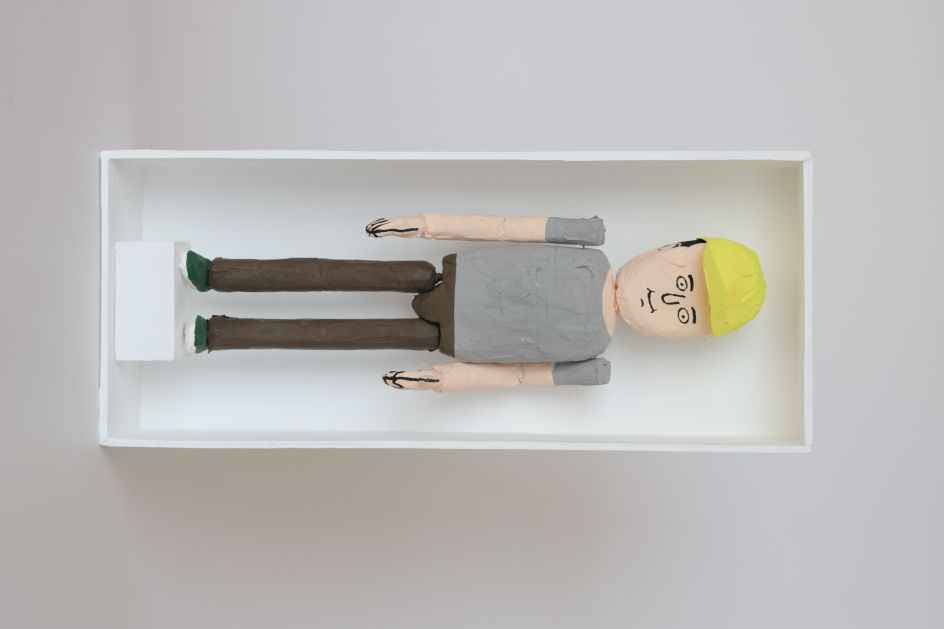
Recently, Shotaro has been working on Moving is Tiring, a book adaptation of his recent exhibition, which documented his struggle to move out of Tokyo. "I often use events and feelings from my daily life as themes for my artwork," he says. "A few months before this exhibition, I moved to a new place. I had been living in Tokyo, but this was my first experience of moving to a different prefecture. I had difficulty finding a new house, signing a contract, and packing my belongings.
"Based on this experience, I created an animation for this exhibition that expresses my wish to move my house as easily as I move my car. In the exhibition space, I built a hut like a house in the animation and made it look like it had moved from the film into the venue."
"The accompanying book will be a compilation of this exhibition. It contains the animation shown at the exhibition, images of the scenery, and photos of the 3D objects used in the filming. The book also includes a QR code, so people who could not visit the exhibition can view the animation by scanning it."









](https://www.creativeboom.com/upload/articles/86/862919952c0ad18439004228895a431dc6e45ffc_732.jpg)




